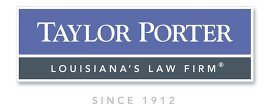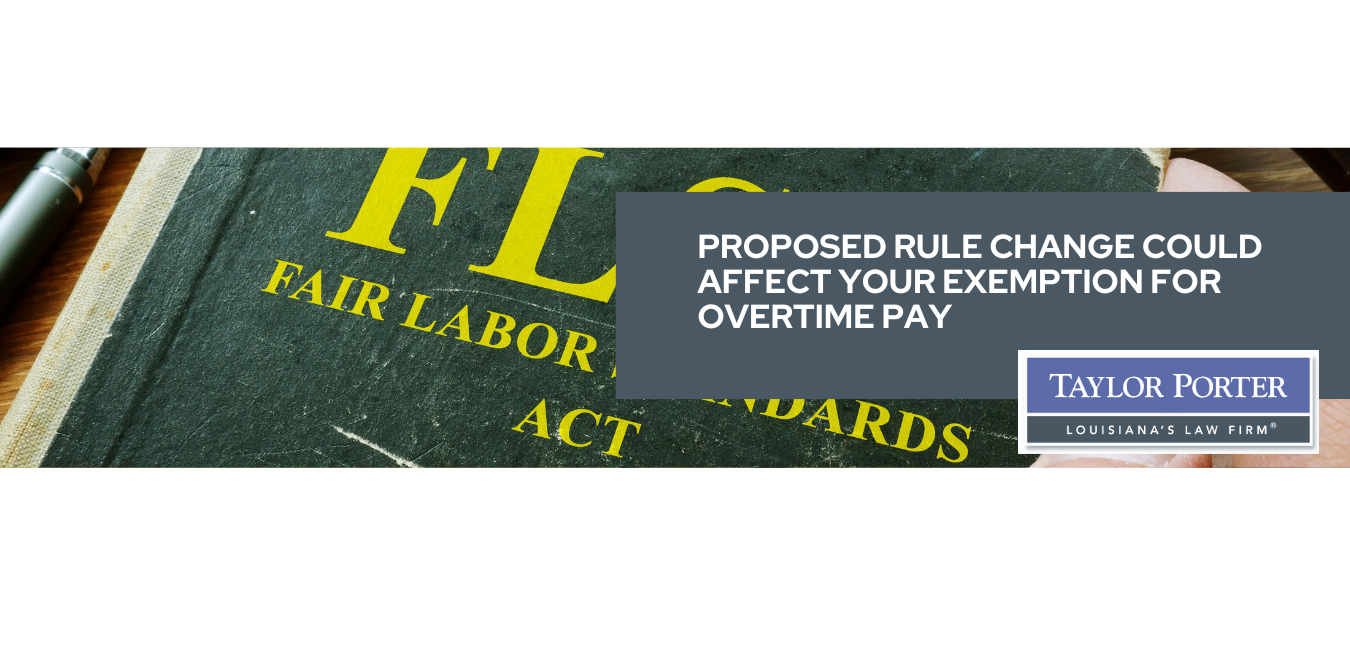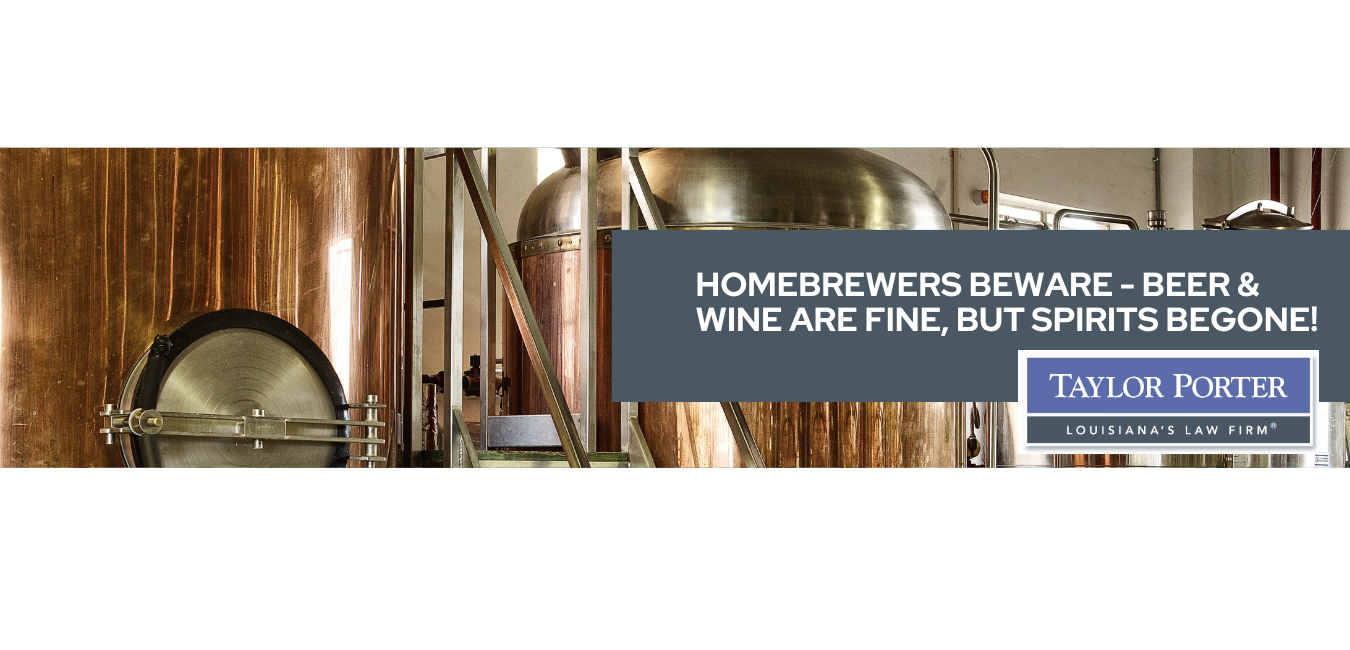SBA Publishes New Paycheck Protection Program FAQs Regarding Loan Forgiveness

By Bob Barton – Managing Partner | bob.barton@taylorporter.com
On August 4, 2020, the U.S. Small Business Administration (SBA), in consultation with the Department of Treasury, published new guidance addressing loan forgiveness under the Paycheck Protection Program (PPP). The 10-page document, titled “Paycheck Protection Program Frequently Asked Questions (FAQs) on PPP Loan Forgiveness,” builds upon prior guidance and arms borrowers and lenders with SBA’s own interpretations of the CARES Act, the PPP Flexibility Act, and the PPP Interim Final Rules, as many borrowers take on the demanding task of accounting for PPP funds spent over the past several months and preparing their loan forgiveness applications accordingly. For an overview of the CARES Act, the Flexibility Act and prior guidance regarding loan forgiveness, click here.
The FAQs are divided into four sections: General Loan Forgiveness FAQs, Loan Forgiveness Payroll Costs FAQs, Loan Forgiveness Nonpayroll Costs FAQs and Loan Forgiveness Reductions FAQs. A summary of each section, and certain new information of which to be aware, is provided as follows:
General Loan Forgiveness FAQs. There are 3 questions and answers in this section, each of which addresses administrative concerns regarding loan forgiveness applications. The first question and answer reiterates that sole proprietors, independent contractors and self-employed individuals that did not have employees at the time of the PPP loan application automatically qualify to use the SBA’s EZ version of the PPP Loan Forgiveness Application Form, Form 3508EZ (or lender equivalent).
The second question and answer establishes that wet-ink signatures are not required on PPP Loan Forgiveness forms; all PPP lenders may accept scanned copies of signed loan forgiveness applications and their requisite documents and certification. Lenders may also accept E-consents and E-signatures so long as they comply with the requirements of the Electronic Signatures in Global and National Commerce Act.
Finally, the third question and answer pertains to borrowers’ responsibility for loan payments prior to forgiveness and reiterates that, as long as a borrower submits its loan forgiveness application within ten months of the completion of the Covered Period, the borrower is not required to make any payments on the loan until the forgiveness amount is remitted to the lender by the SBA. If only a portion of the loan is forgiven, or if forgiveness is denied, any remaining balance due on the loan must be repaid on or before maturity. Importantly, FAQ 3 explains that interest accrues from the time the loan is disbursed, and the borrower is responsible for paying the accrued interest on any portion of the loan that is not forgiven (the borrower is not responsible, however, for interest on forgiven loan proceeds). Further, it is the lender’s responsibility to notify the borrower of the remittance by SBA of any forgiveness amount and the date on which the borrower’s first payment is due (if any).
Loan Forgiveness Payroll Costs FAQs. The first few questions and answers in the second set of FAQs recap information provided in prior guidance regarding forgiveness of payroll costs paid and/or incurred during the Covered Period or Alternative Payroll Covered Period. The following FAQs in this section expound upon the definition of “payroll costs” to clarify which expenses for group health care benefits and retirement benefits will be eligible for loan forgiveness.
Of particular interest, however, is FAQ 8, which explains in new detail how owner compensation that is eligible for loan forgiveness will be determined. The answer provides specific examples for owners of C corporations, S corporations, self-employed Schedule C (or Schedule F) filers, general partners and LLC owners using a 24-week Covered Period. Given the detail provided in the SBA’s examples, we encourage borrowers or others with concerns regarding owner compensation to review FAQ 8 located at page 4 of the document linked here.
Importantly, FAQ 8 also explains that, in addition to owner compensation caps specific to each of the different entity types described above, the amount of loan forgiveness requested for owner-employees (defined as “an owner who is also an employee”) and self-employed individuals’ payroll compensation is capped at $20,833 per individual in total across all businesses in which he or she has an ownership stake (or $15,385 for borrowers that elect to use an eight-week Covered Period).
Loan Forgiveness Nonpayroll Costs FAQs. The third set of FAQs contains 7 questions and answers regarding forgiveness of nonpayroll costs. FAQ 6, which addresses the definition of “Covered Utility Payments,” contains the newest guidance of the set. The definition of “Covered Utility Payments” under the CARES Act includes “payment for a service for the distribution of . . . transportation.” According to FAQ 6, SBA considers “a service for the distribution of transportation” to refer to transportation utility fees assessed by state and local governments. FAQ 6 clarifies that the payment of these fees by the borrower is eligible for loan forgiveness.
The remaining questions in this set largely recap earlier guidance. The first two FAQs explain that nonpayroll costs (1) incurred prior to the Covered Period but paid during the Covered Period, and (2) incurred during the Covered Period but paid on or before the next regular billing date, are both eligible for loan forgiveness. FAQ 3 repeats earlier guidance explaining that the Alternative Payroll Covered Period applies only to payroll costs, not nonpayroll costs.
FAQ 4 reiterates that interest on unsecured credit is not eligible for loan forgiveness. Meanwhile, FAQ 5 provides that payments made on a renewed lease or refinanced mortgage are eligible for loan forgiveness if the lease or mortgage loan existed prior to February 15, 2020. Finally, FAQ 7 explains that the entire electricity bill payment, including supply charges, distribution charges, and other charges such as gross receipts taxes, is eligible for loan forgiveness as a Covered Utility Payment.
Loan Forgiveness Reduction FAQs. The fourth set of FAQs, which contains 5 questions and answers, takes borrowers step-by-step through the Loan Forgiveness Application (SBA Form 3508 or lender equivalent) and explains how to calculate reductions in loan forgiveness based on the borrower’s reduction in FTE Employees or salaries. FAQ 1 in this section echoes the Flexibility Act’s loan forgiveness reduction exception, which provides that borrowers unable to restore reductions in FTE employees will not be penalized where such borrowers demonstrate (1) an inability to rehire individuals who were employees of the borrower on February 15, 2020 and (2) an inability to hire similarly qualified individuals for unfilled positions on or before December 31, 2020.
FAQ 4 provides three new and helpful examples of how to calculate the reduction of loan forgiveness amounts arising from reductions in employee salary or hourly wages. Finally, FAQ 5 explains that only decreases in salaries and wages — and not benefits — should be taken into account when calculating loan forgiveness reductions required for salary/hourly reductions in excess of 25%.
Taylor Porter attorneys continue to closely monitor the developments of the SBA loan programs, CARES Act, and additional federal legislation impacting COVID-19 business recovery. Visit the Taylor Porter Coronavirus - Legal News and Business Resources website for updated legislation, news, and legal developments pertaining to COVID-19.
About Bob Barton: Taylor Porter Managing Partner Bob Barton, practicing law since 1994, represents local and national businesses in matters involving commercial litigation and transactions, regulatory and compliance matters, and general litigation. He is the co-chair of the firm's Business and Commercial Litigation practice. Bob has been selected for inclusion in both Louisiana Super Lawyers and Best Lawyers in Business Litigation.
This website is for general information purposes only. Information posted is not intended to be legal advice. For more information, please see our Disclaimer message.
See how we can help. Contact us today
8th Floor • 450 Laurel Street • Baton Rouge, LA 70801 • 225-387-3221
- Disclaimer
- © Taylor, Porter, Brooks & Phillips L.L.P. All rights reserved.






